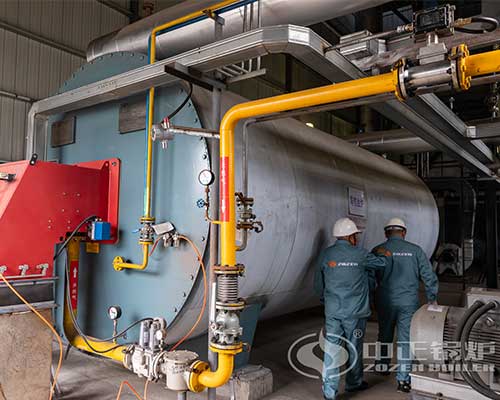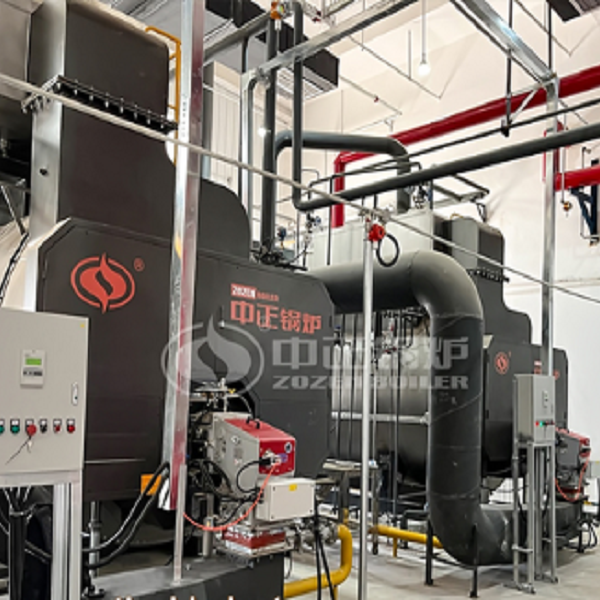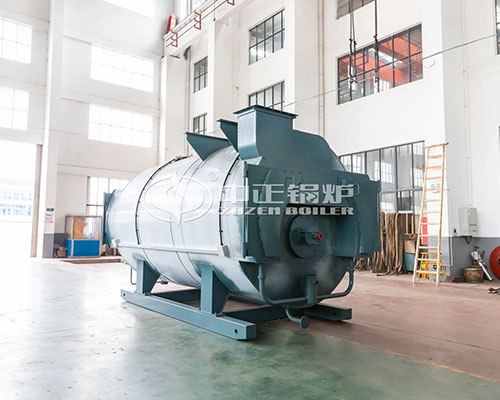Introduction
In today’s industrial landscape, the drive towards sustainability and efficiency has never been more critical. As industries strive to optimize their energy consumption and reduce their environmental impact, the demand for dual fuel steam boilers has surged. These versatile systems, capable of operating on both oil and gas, offer a solution that aligns with both economic and environmental goals. This article explores the increasing demand for dual fuel steam boilers, highlights ZOZEN’s advanced offerings, and delves into the technical advantages and precision of ZOZEN’s manufacturing.
Rising Demand for Dual Fuel Steam Boiler
The push for dual fuel steam boilers stems from the need for greater operational flexibility and efficiency. Businesses are increasingly seeking solutions that not only reduce their energy costs but also meet stringent environmental regulations. Dual fuel steam boilers are particularly attractive because they can switch between fuel types depending on availability and cost, enhancing energy security and efficiency. By integrating these systems, industries can achieve significant reductions in emissions and operational costs, making them a crucial component in the move towards greener, more sustainable industrial practices.
ZOZEN’s Dual Fuel Steam Boilers: WNS and SZS Series
ZOZEN offers two standout models in the dual fuel steam boiler category: the WNS and SZS series. The WNS series is a three-pass wet-back boiler designed for both oil and gas. It features a thermal capacity from 1 to 20 tons per hour and operates at pressures ranging from 0.7 to 2 MPa. This model is equipped with a sophisticated control system that supports unattended operation, and it achieves an impressive thermal efficiency of ≥98%.
In contrast, the SZS series is a double-drum, horizontal, D-type arrangement boiler. It offers a thermal capacity between 2 and 110 tons per hour and operates at pressures from 1.25 to 5.3 MPa. This model’s advanced design includes a membrane water-cooled wall and a large furnace, which enhance heat transfer efficiency. Like the WNS series, the SZS series also boasts a thermal efficiency of ≥98%, making it a robust solution for high-demand applications.

Technical Advantages of ZOZEN’s Dual Fuel Steam Boilers
ZOZEN’s dual fuel steam boilers are distinguished by their advanced technology and engineering excellence. The WNS series integrates a high-efficiency burner and an intelligent control system that optimize fuel combustion and energy utilization. Its three-pass design ensures thorough heat transfer and minimal heat loss, while the wet-back structure enhances durability and efficiency.
The SZS series, on the other hand, is designed for higher capacity and pressure requirements. Its double-drum structure provides enhanced stability and performance, while the membrane water-cooled wall improves heat absorption and reduces heat loss. The large furnace design facilitates efficient combustion and minimizes unburnt fuel, contributing to its high thermal efficiency. Both series benefit from ZOZEN’s rigorous quality control processes and innovative design features, ensuring reliable performance and long-term operational savings.
Precision and Lean Manufacturing at ZOZEN
ZOZEN’s commitment to precision and lean manufacturing is evident in every dual fuel steam boiler they produce. The company employs advanced manufacturing techniques and quality control measures to ensure that each boiler meets the highest standards of performance and reliability. ZOZEN’s focus on detail and efficiency in the production process guarantees that their dual fuel steam boilers not only perform optimally but also offer long-term durability and cost-effectiveness. This dedication to precision and quality reinforces ZOZEN’s reputation as a leader in the dual fuel steam boiler market.
Summary
The growing demand for dual fuel steam boilers reflects a broader industry trend towards efficiency and sustainability. ZOZEN’s advanced WNS and SZS series exemplify the high standards and technical excellence needed to meet these evolving needs.


